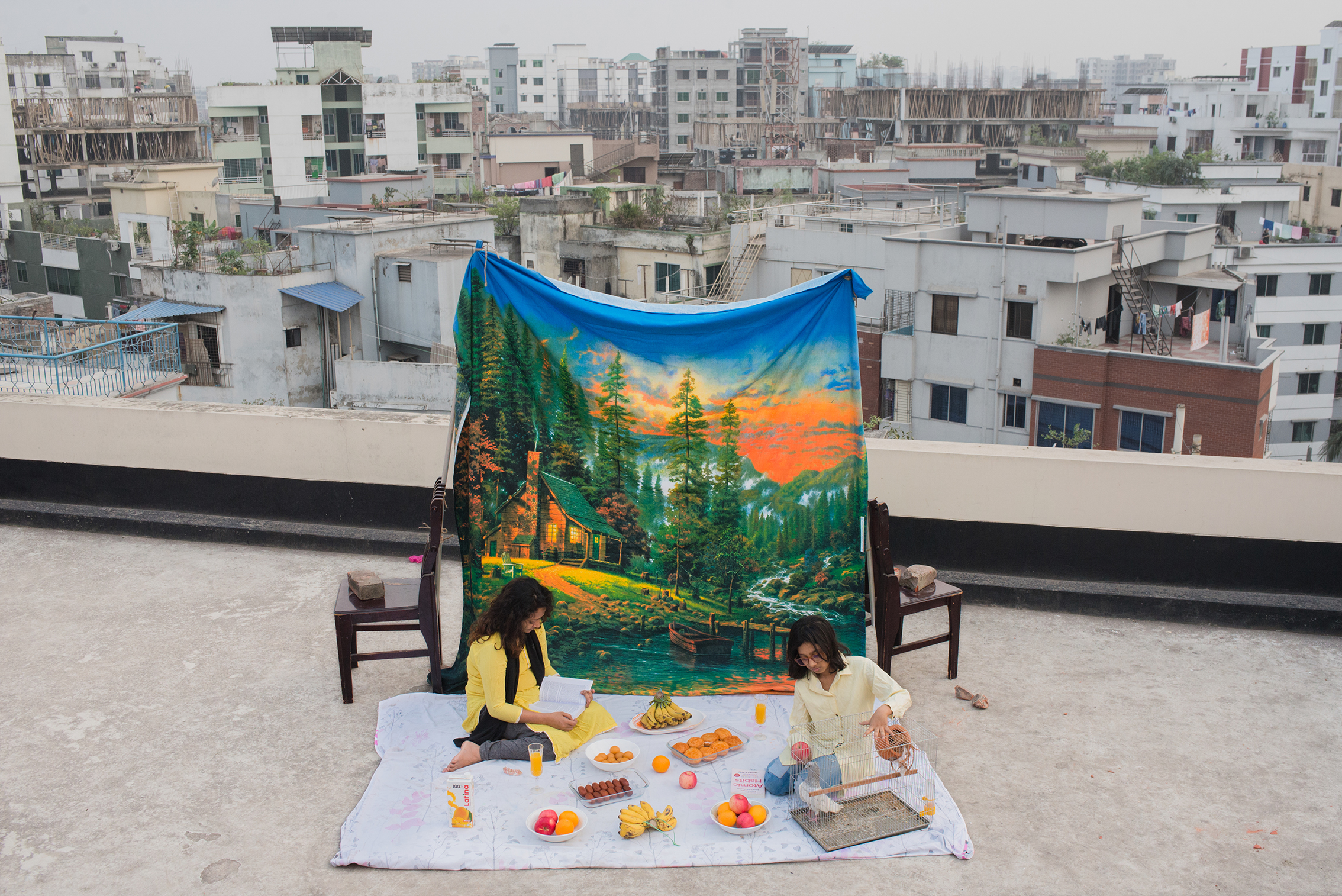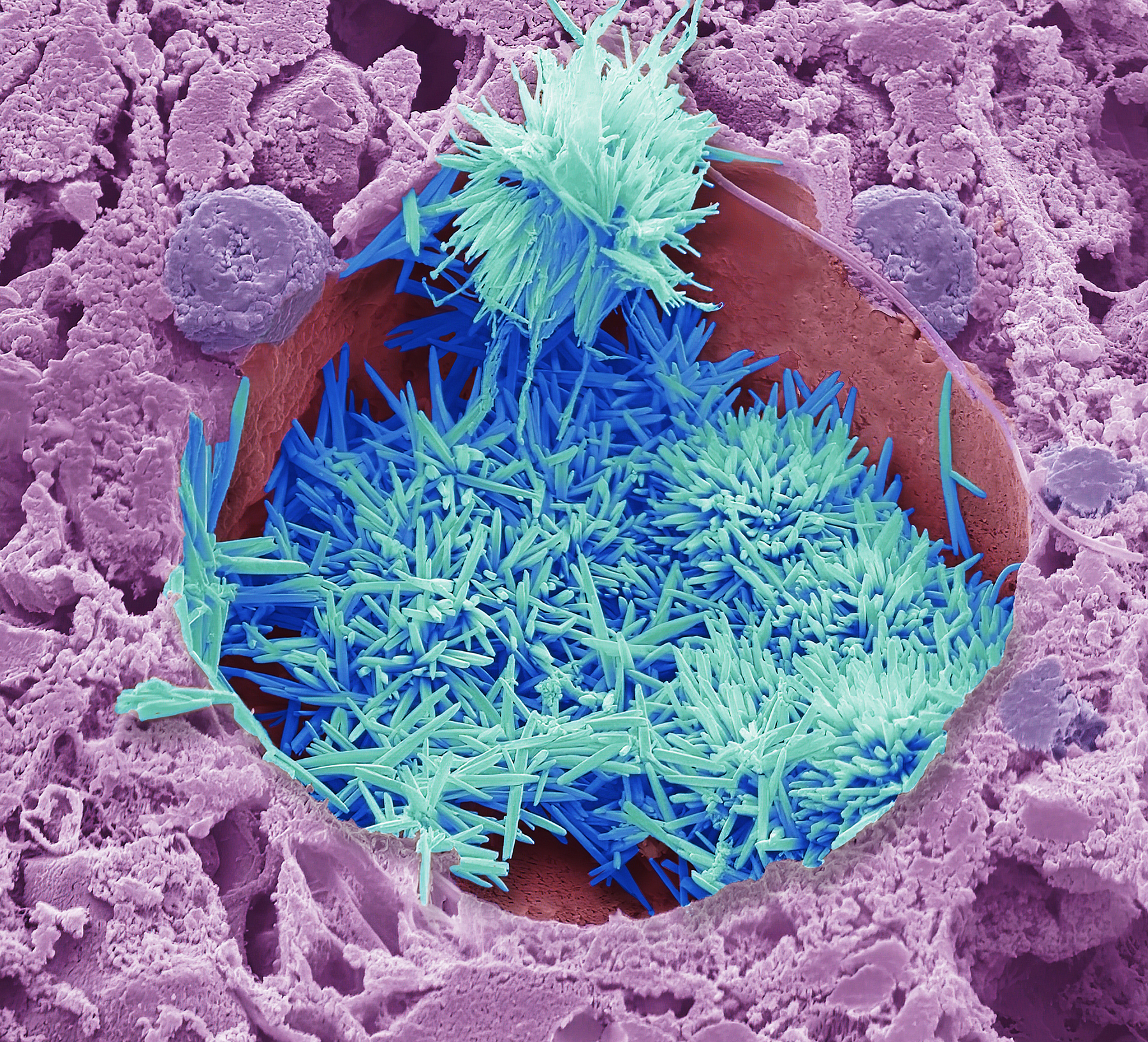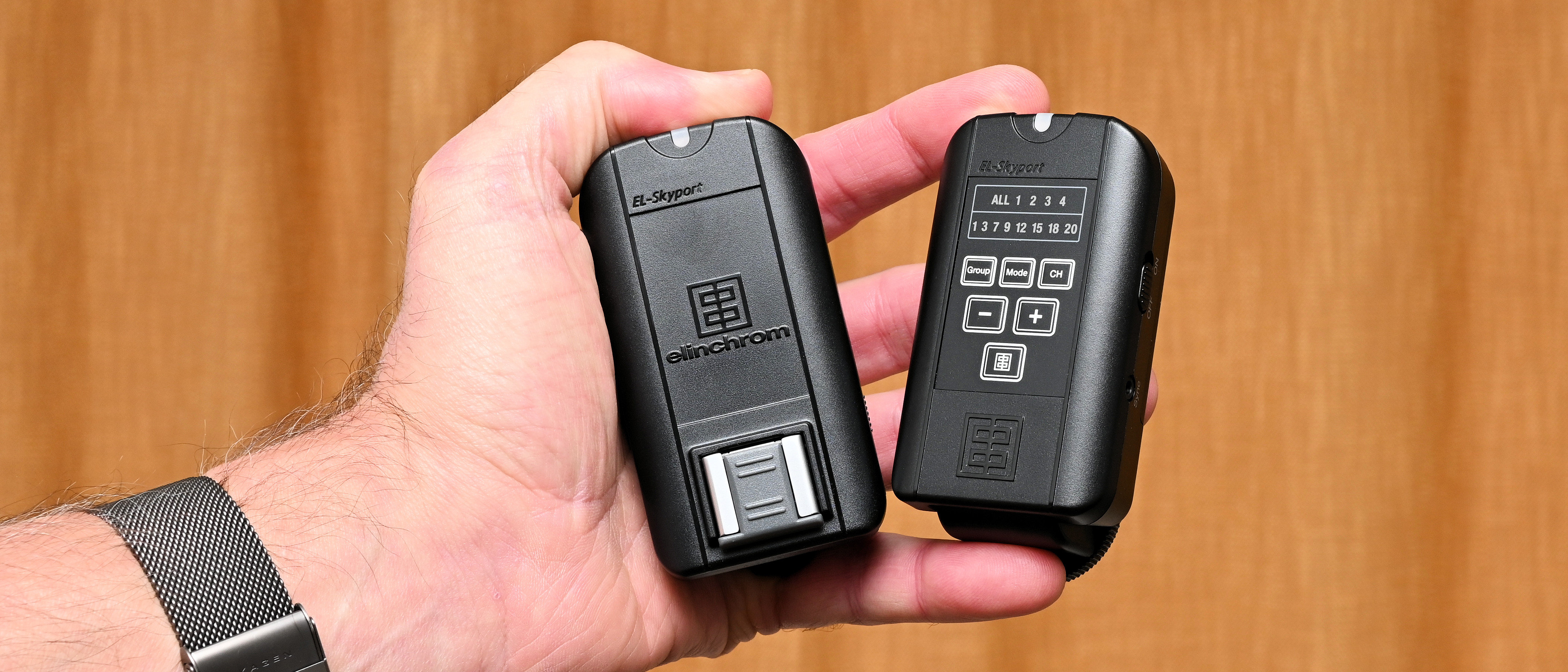This image shows something you wouldn't expect to see – and it's among the winners of this year's Wellcome Photography Prize
Let's discover the three category winners – honored for powerful images exploring human experience and science, highlighting today's issues from around the globe
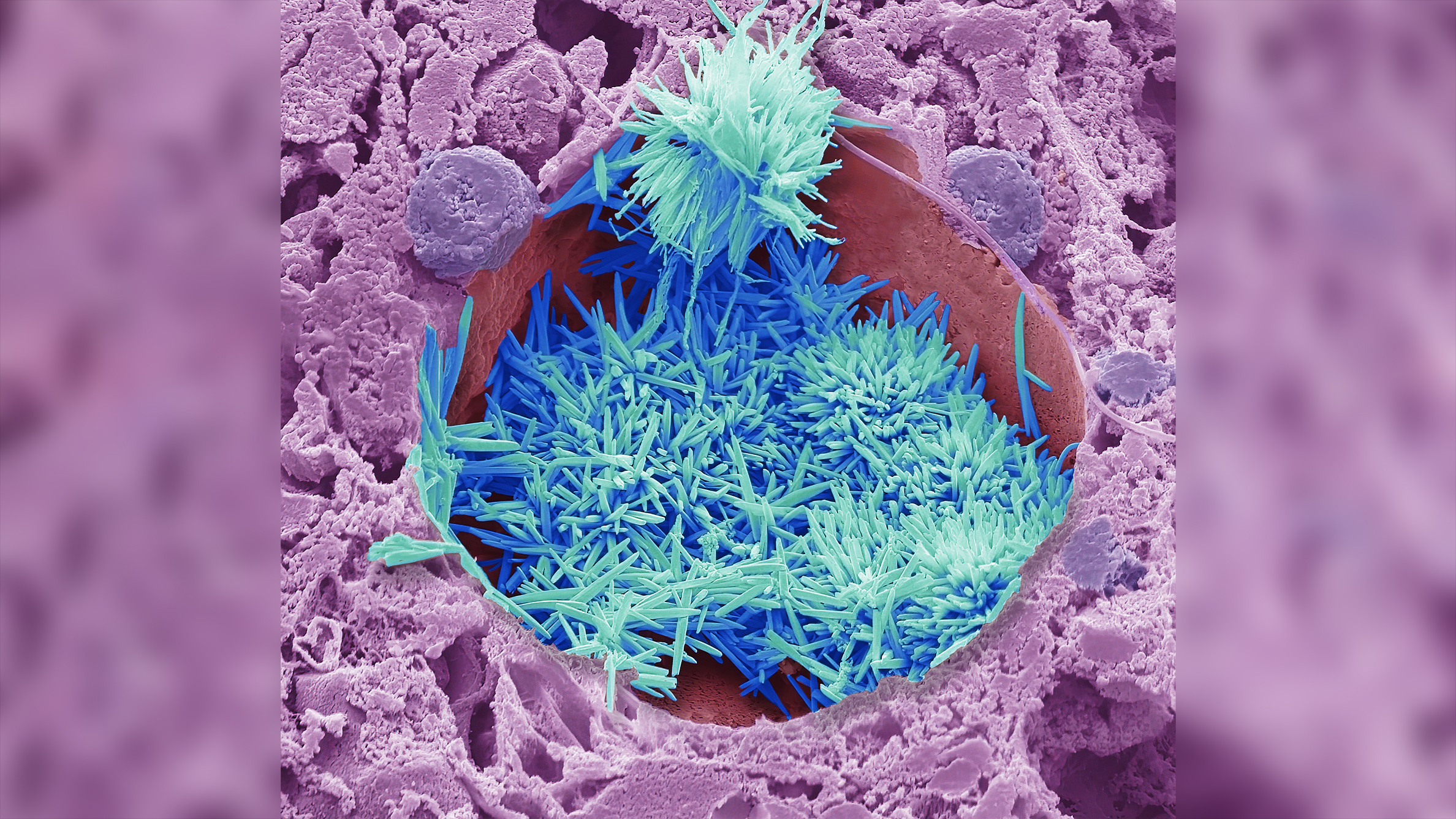
The Wellcome Photography Prize 2025 has announced its winners. The awarded frames celebrate photography that lives at the intersection of science, health, human experience, and speak volumes.
The winners were selected across three categories: Stiking Single Image, Storytelling, and The Marvels of Scientific and Medical Imaging. The awarded images range from abstract, close-ups, to documentary photography and staged portraits. From stories of domestic abuse, captured with care and anonymity through techniques like Indian paper-cutting, to climate migration seen through a mother's determination to give her child a taste of nature in the middle of an urban jungle, to the hidden danger of cholesterol revealed in stunning medical imaging.
If you'd like to explore all the shortlisted finalists, visit the Wellcome Photography Prize's website. All Top 25 entries are also on display in a major public exhibition at the Manby Gallery in the Francis Crick Institute, London, from 17 July to 18 October 2025.
But now, let's take a moment to explore the powerful messages behind the three winning images…
Striking Solo Photography
Winner
Urban Travel by Mithail Afrige Chowdhury
Nuraine and her mother live in the city of Dhaka in Bangladesh. Nuraine wanted to have the experience of eating a picnic outside in nature, but due to rapid urbanisation, there are very few parks or green spaces left. Nuraine's mother decided to recreate a "nature experience" on the roof of their apartment building. One of the reasons people are moving into cities is because of the increase in extreme weather events and natural disasters, particularly affecting Bangladesh.
Every day 2,000 climate migrants take up permanent residence in Dhaka, and they now comprise close to half of the total population. This is causing infrastructure challenges for the city. Mithail Afrige Chowdhury, a local photographer, draws our attention to this tender scene and contrasts it with the reality of urban expansion visible around them, asking us to consider the impacts of climate change on residents' daily lives.
The best camera deals, reviews, product advice, and unmissable photography news, direct to your inbox!
Storytelling
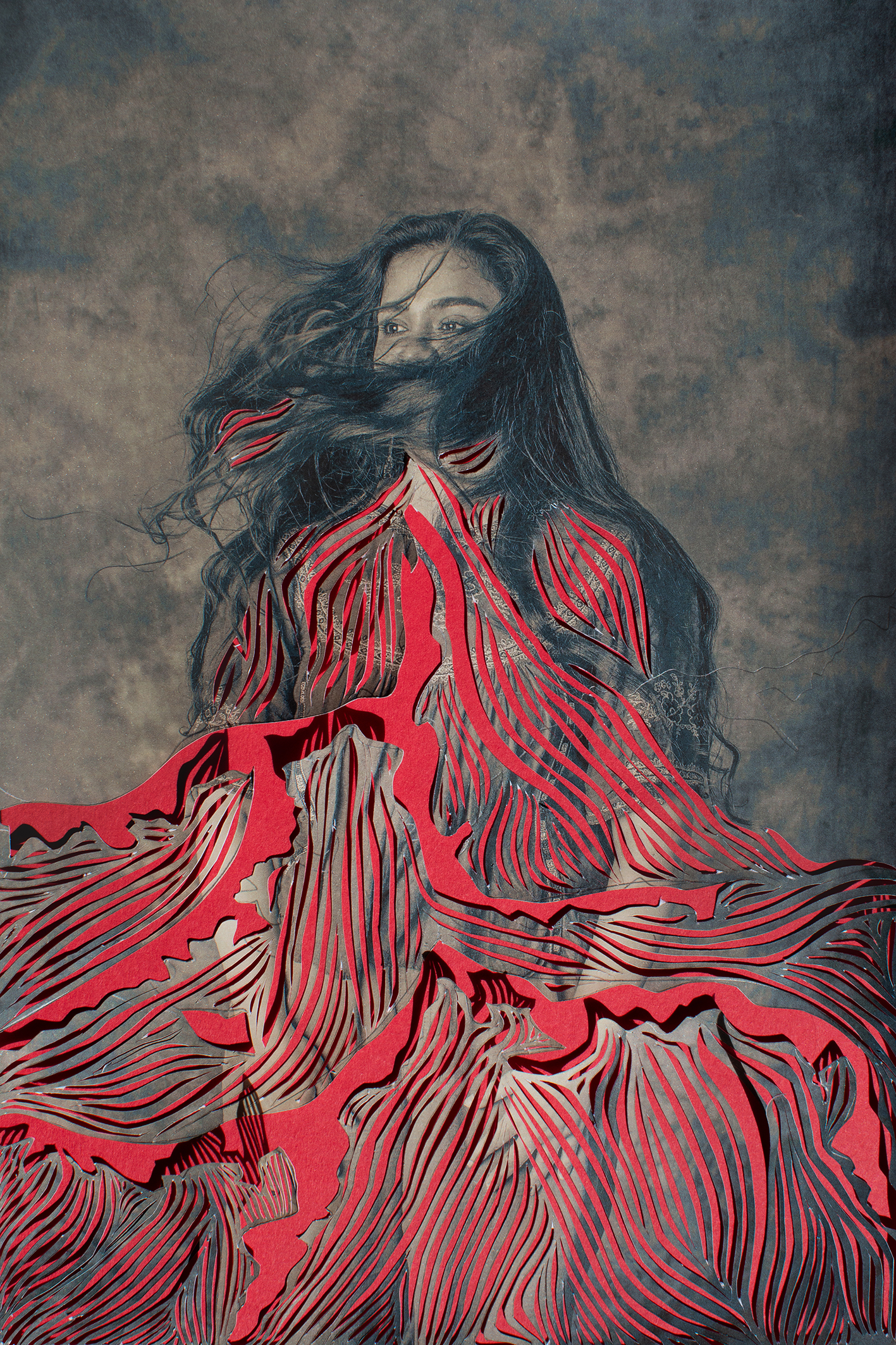
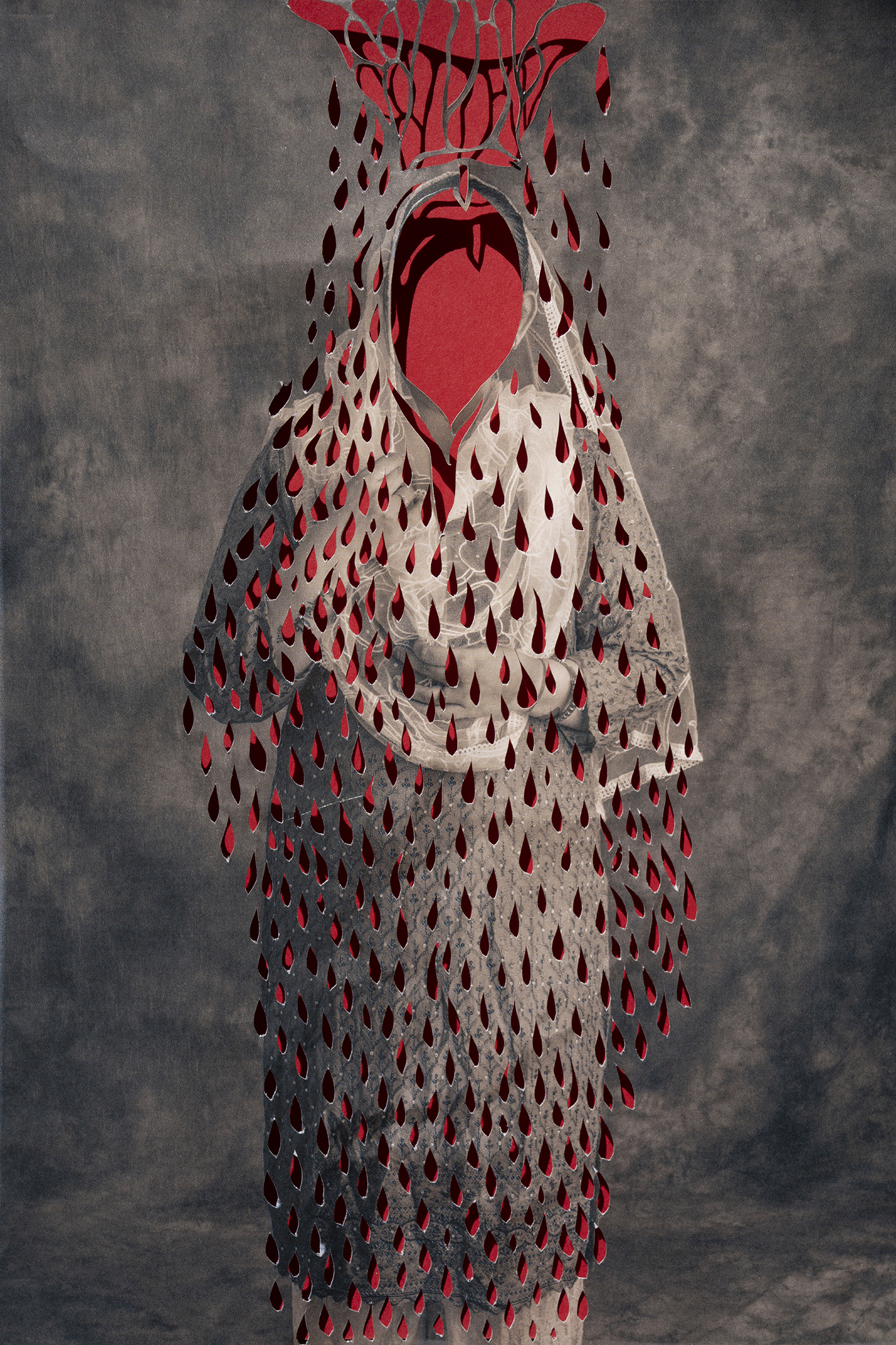
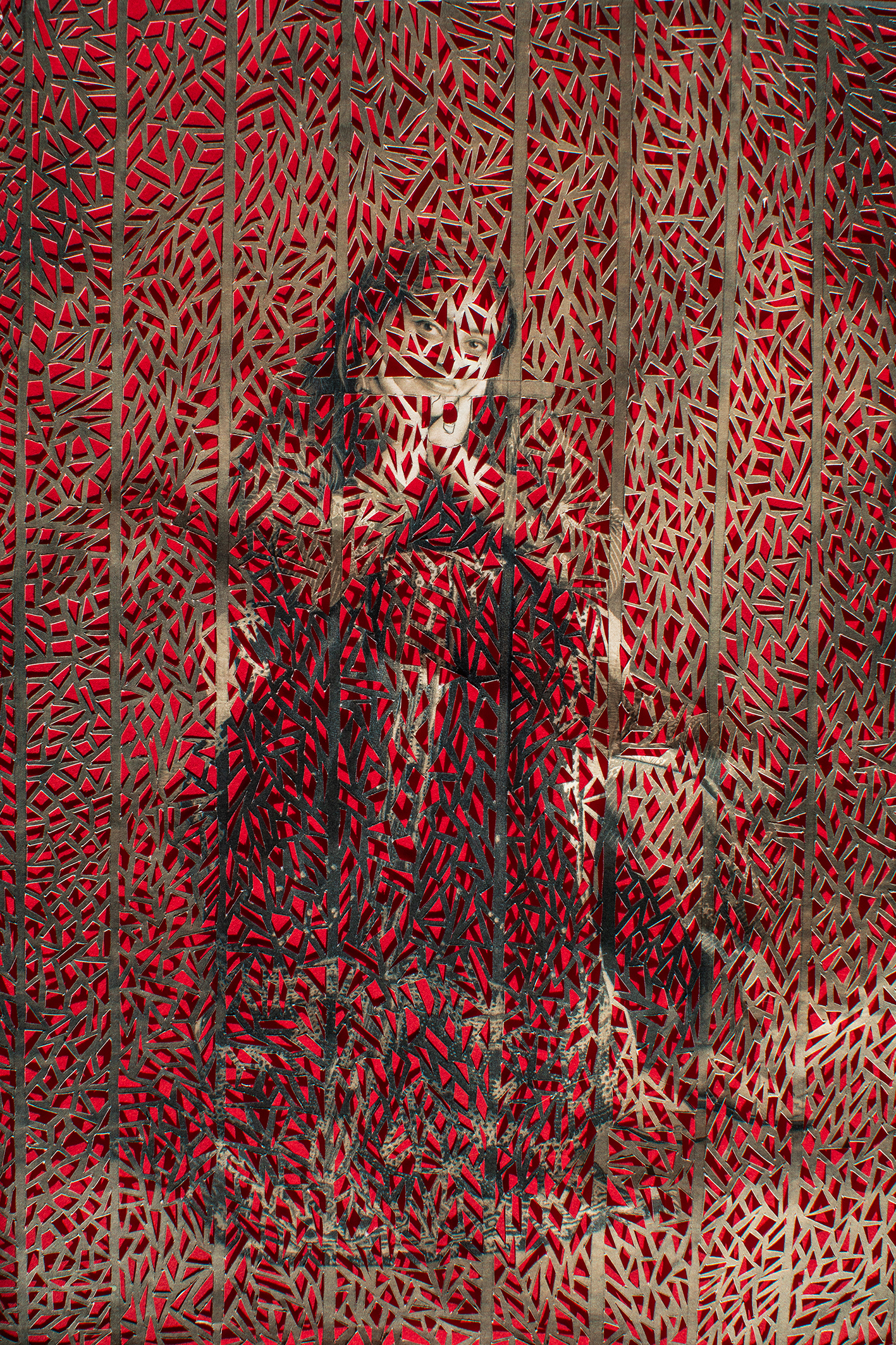
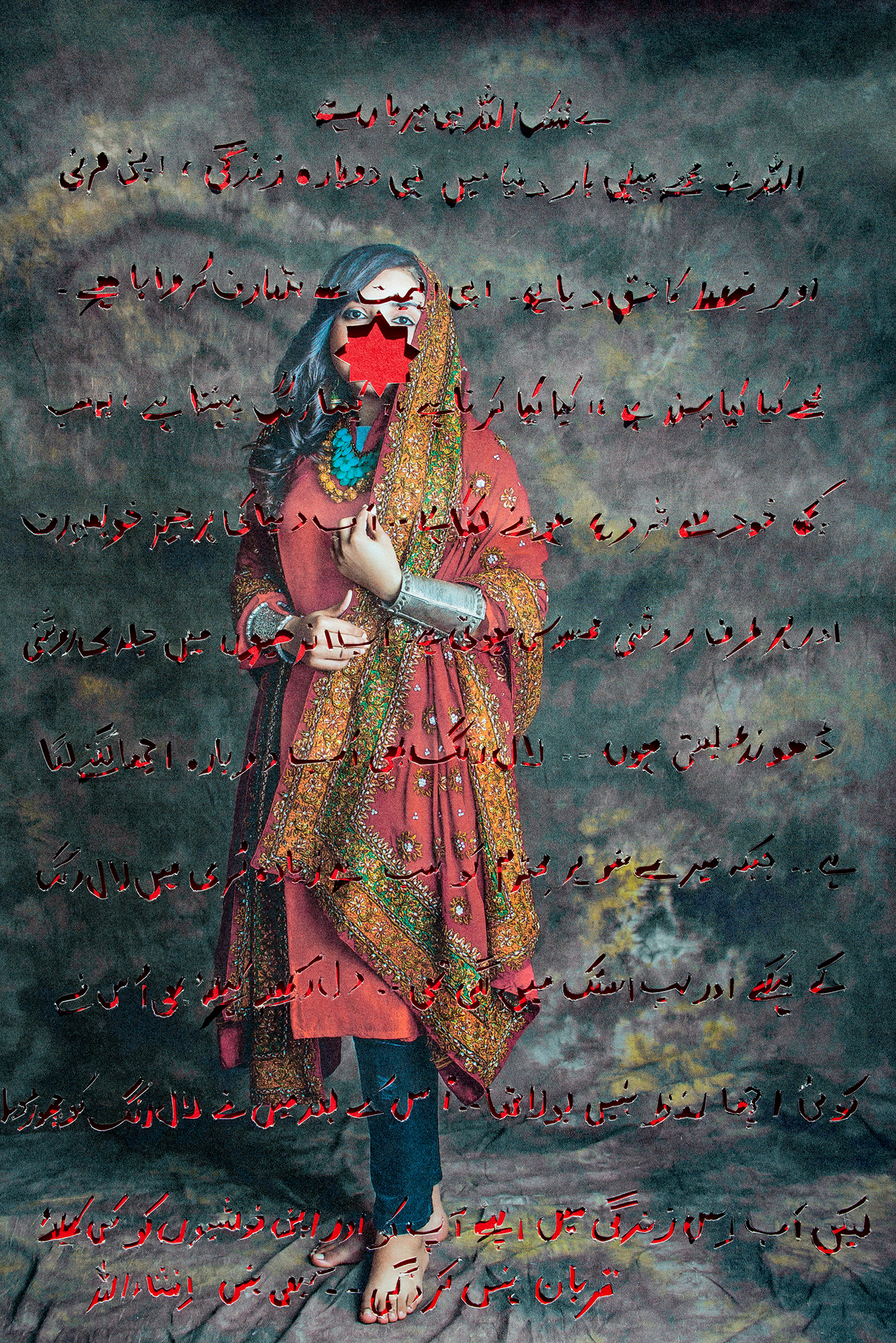
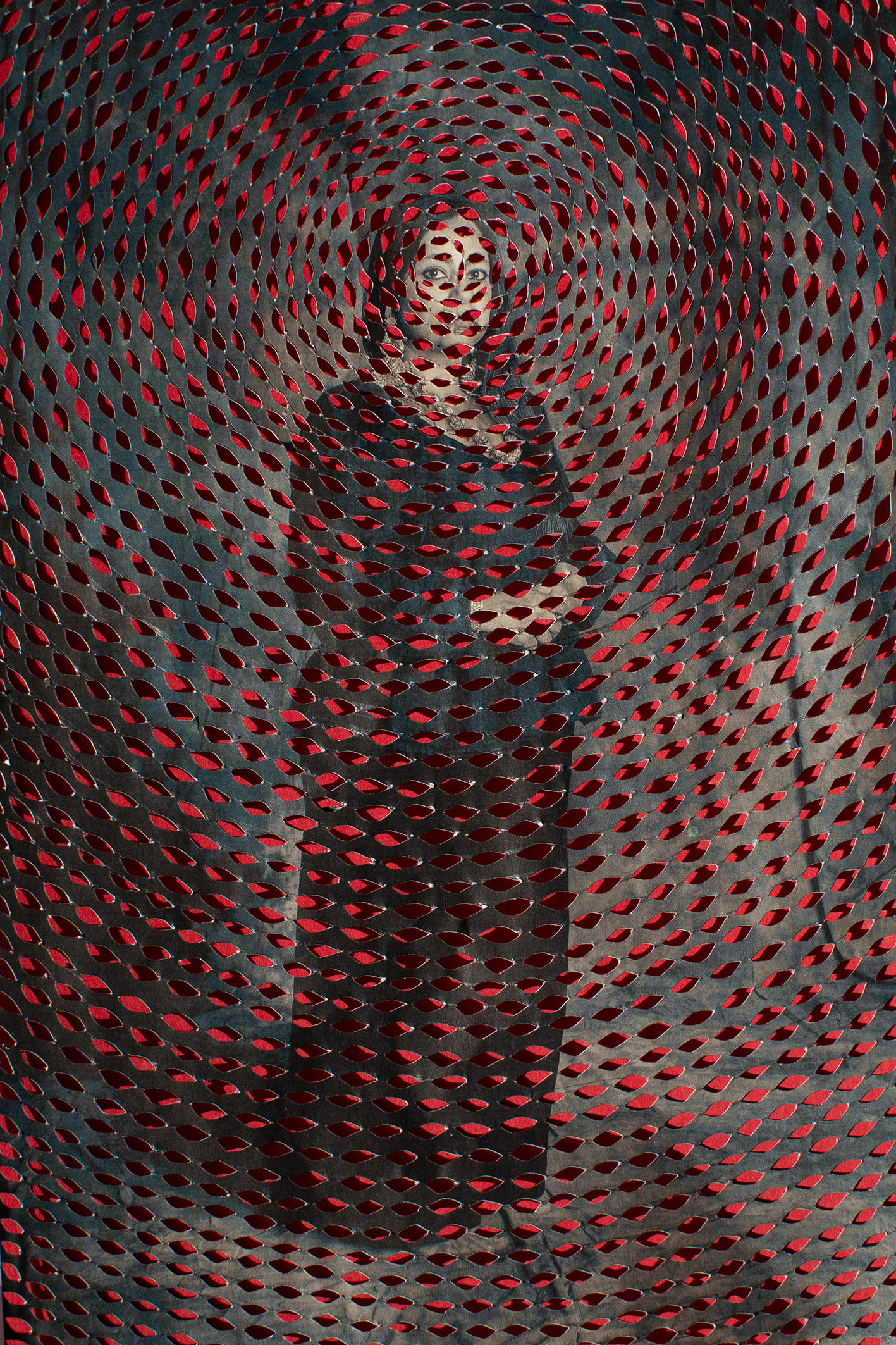
Winner
A Thousand Cuts by Sujata Setia
'A Thousand Cuts' studies the mental and physical trauma caused by domestic abuse within South Asian culture. It examines the scars borne by survivors, and the health repercussions that are passed on through generations. Artist Sujata Setia, herself a survivor of domestic abuse, worked in close collaboration with the charity SHEWISE and a group of volunteers who participated in the project.
These portraits depict the stories of these survivors as they chose to be seen, and after taking the photographs, Setia used the Indian paper-cutting technique sanjhi to maintain the women’s anonymity. This series acts as a visual meditation on the insidious, everyday forms of violence that are hidden and often go unacknowledged.
The Marvels of Scientific and Medical Imaging
Winner
Cholesterol in the Liver by Steve Gschmeissner
The liver is the organ that both produces and manages the levels of cholesterol in the body. This image is of cholesterol crystals (blue) within a lipid-laden liver cell (purple) taken from a human liver. When cholesterol changes from a liquid to a crystal, it can build up in the circulatory system and cause blood-vessel damage, leading to heart attacks and strokes.
Steve Gschmeissner, a scientific photographer, created the image using a technique called electron microscopy, which can visualise extremely small structures with very high resolution. Colouring of the resulting image highlights the different structures within the image. Detailed images such as these can support scientists and the public to better understand more about the effects of cholesterol on the body.
Image technique: False-coloured scanning electron microscopy
Scale: Width of the lipid droplet is 12 micrometres
See all the finalists
You might like...
Browse the best photography awards and contests for more inspiration.
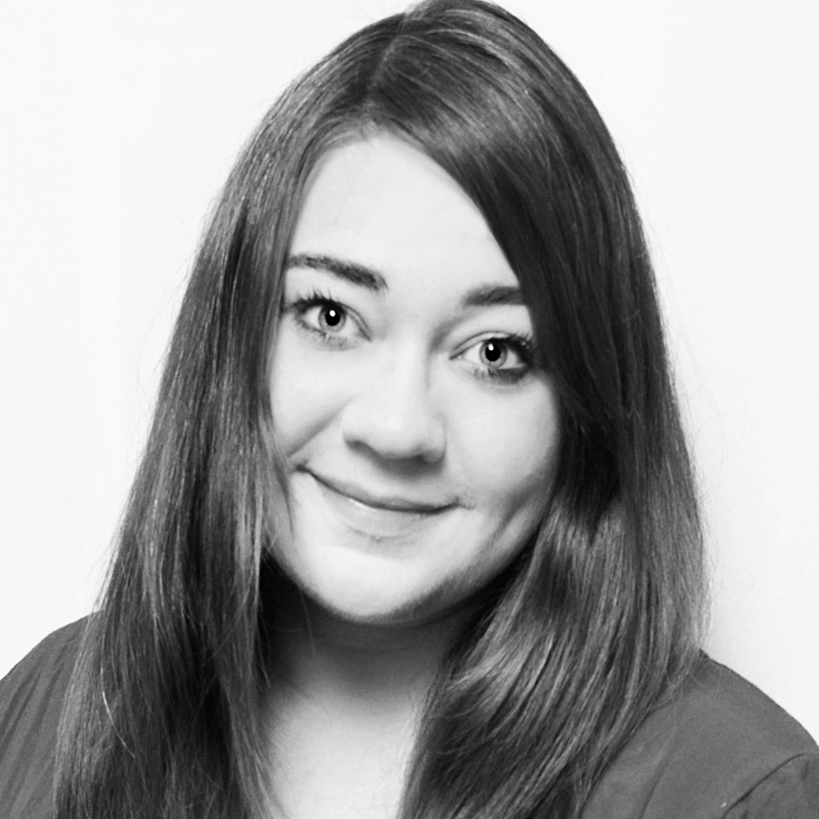
Kim is a photographer, editor and writer with work published internationally. She holds a Master's degree in Photography and Media and was formerly Technique Editor at Digital Photographer, focusing on the art and science of photography. Blending technical expertise with visual insight, Kim explores photography's time-honored yet ever-evolving role in culture. Through her features, tutorials, and gear reviews, she aims to encourage readers to explore the medium more deeply and embrace its full creative potential.
You must confirm your public display name before commenting
Please logout and then login again, you will then be prompted to enter your display name.
